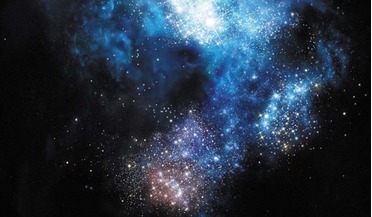 21 March 2016
Using gravitational waves to search for Population III stars
21 March 2016
Using gravitational waves to search for Population III stars
... supplies long ago and if they could be observed they would take the form of stellar remnants such as neutron stars, white dwarfs or black holes. With the recent detection of gravitational waves, an international team of astronomers headed by Tilman...
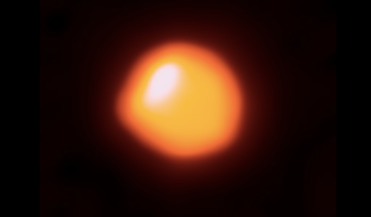 30 December 2019
Will Betelgeuse go supernova soon? Probably not say some astronomers
30 December 2019
Will Betelgeuse go supernova soon? Probably not say some astronomers
... supergiant status already earmarks it as a variable-type star; a star that regularly brightens and dims with generally predictable frequency.... will leave behind a neutron star that will eventually turn into a fast spinning star called a pulsar. But ...
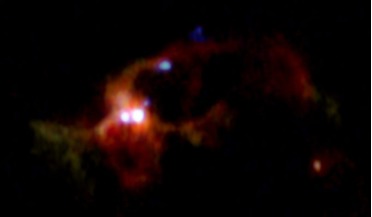 25 September 2020
Salty water vapour provides clues to massive star formation
25 September 2020
Salty water vapour provides clues to massive star formation
... eight solar masses tend to end with a bang in a supernova explosion. If the core survives it can end up as a neutron star or contracts to become a black hole if the remaining core is much greater than 3 solar masses. Mass therefore is everything ...
 02 May 2018
Astronomers spot fastest stars in the galaxy with Gaia
02 May 2018
Astronomers spot fastest stars in the galaxy with Gaia
...that is only slightly bigger than the Earth and only neutron stars and black holes are thought to be denser than these...Type Ia supernovae (SNe Ia). SNe Ia occur when mass from one star is transferred onto a white dwarf companion. When this happens, it...
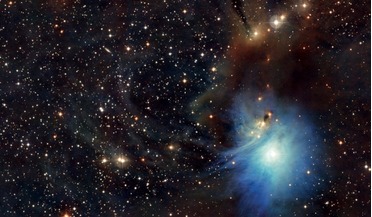 March 2018
Exploring the extreme universe
March 2018
Exploring the extreme universe
... the anticoincidence system. e-ASTROGAM will also study extreme acceleration mechanisms from compact objects such as neutron stars and black holes, ranging up to billions of solar masses (supermassive black holes). Its polarimetric capabilities and...
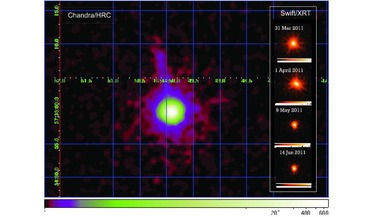 20 September 2017
A new way to 'weigh' extragalactic black holes
20 September 2017
A new way to 'weigh' extragalactic black holes
... object must be bigger than the upper mass of a neutron star, scientists were left with only one option; a black ...a lot of radiation to be emitted. In the case of an unlucky star that strays to close to the devouring black hole, the process is known...